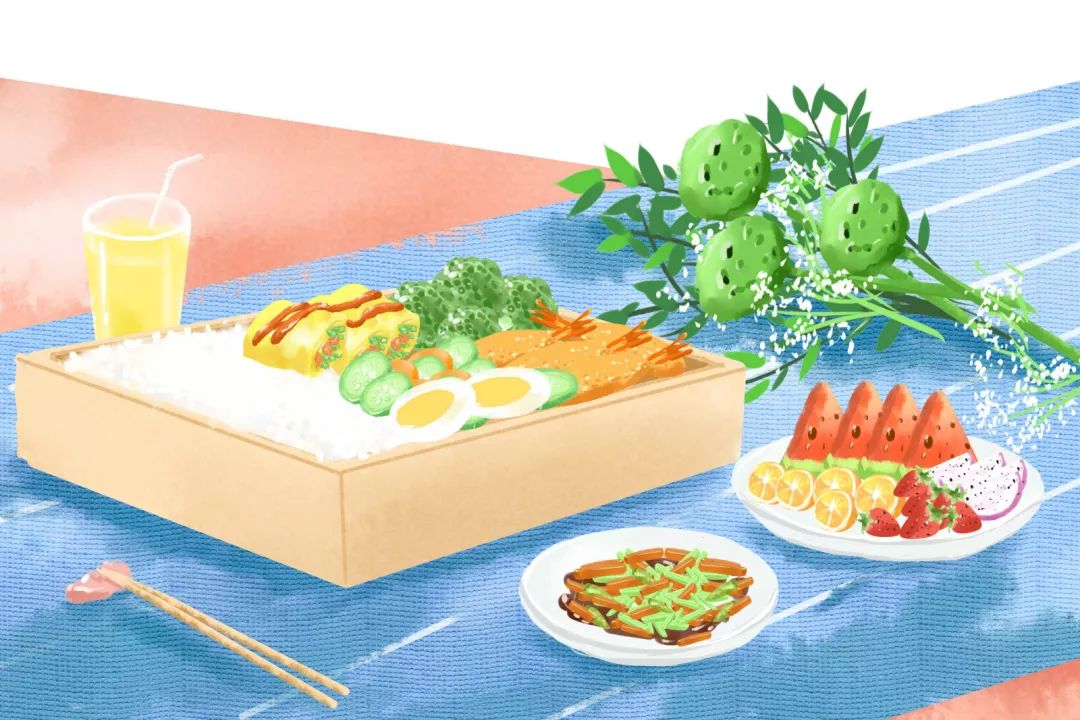
The aesthetics of the lunch box is attentiveness
2024-04-27 20:00

In Japanese dramas, we can often see a variety of bentos, with meat and vegetables mixed in and beautifully presented. Just one look at them will make you want to eat them.
But from beginning to end, there is one inconspicuous little thing that has occupied the supporting role of Japanese bento for ten thousand years, but it has not been shaken at all. That is the umeboshi (うめぼし) in the middle of the rice.
Anyone who has tasted this kind of umeboshi must know that its taste is actually not good. It is salty and astringent with a hint of sourness. Since it is not delicious, why are the Japanese so keen on putting umeboshi in their lunch boxes?
In fact, in ancient Japan, plums were regarded as the best medicine for long journeys or marches. Firstly, plums pickled with salt can be stored for a long time and are easy to carry.
Secondly, plums can relieve heat and fatigue to a certain extent, and can also relieve sudden illnesses such as loss of appetite and diarrhea. They can be said to be a "panacea" for daily illnesses. Because of these characteristics of plums, it is destined to be placed in today’s convenience dishes and it will still not go out of style.
Nowadays, prunes, which are commonly found in lunch boxes, also play a role in sterilization and antisepsis. In particular, prunes with a salt concentration of more than 20% can play a preservative role to a certain extent because of the organic acids they contain.
On the other hand, prunes also serve as the "atmosphere group". The steam emitted by the rice carries the unique aroma of plums and fills the entire bento box. When people open the lunch box, their index fingers will move when they smell it.
At the same time, the salty and sour taste of the dried plum meat itself can also stimulate people's appetite, making the bento even more delicious!
In addition, the acid carried by prunes can effectively inhibit the growth of miscellaneous bacteria in the rice, preserving the freshness of the bento to a certain extent and making it less likely to spoil.
Of course, the more critical point is that because Japanese umeboshi are often pickled with perilla leaves, they are particularly red in color.
This bright red paired with the white color of the rice is very similar to the color of Japan's national flag, and can better reflect the typical Japanese style, so it is perfect to use umeboshi as decoration.
A small, low-cost plum can improve the color, aroma and taste of a bento. It’s no wonder that it has become the “King of All Matches” in Japanese bentos.







